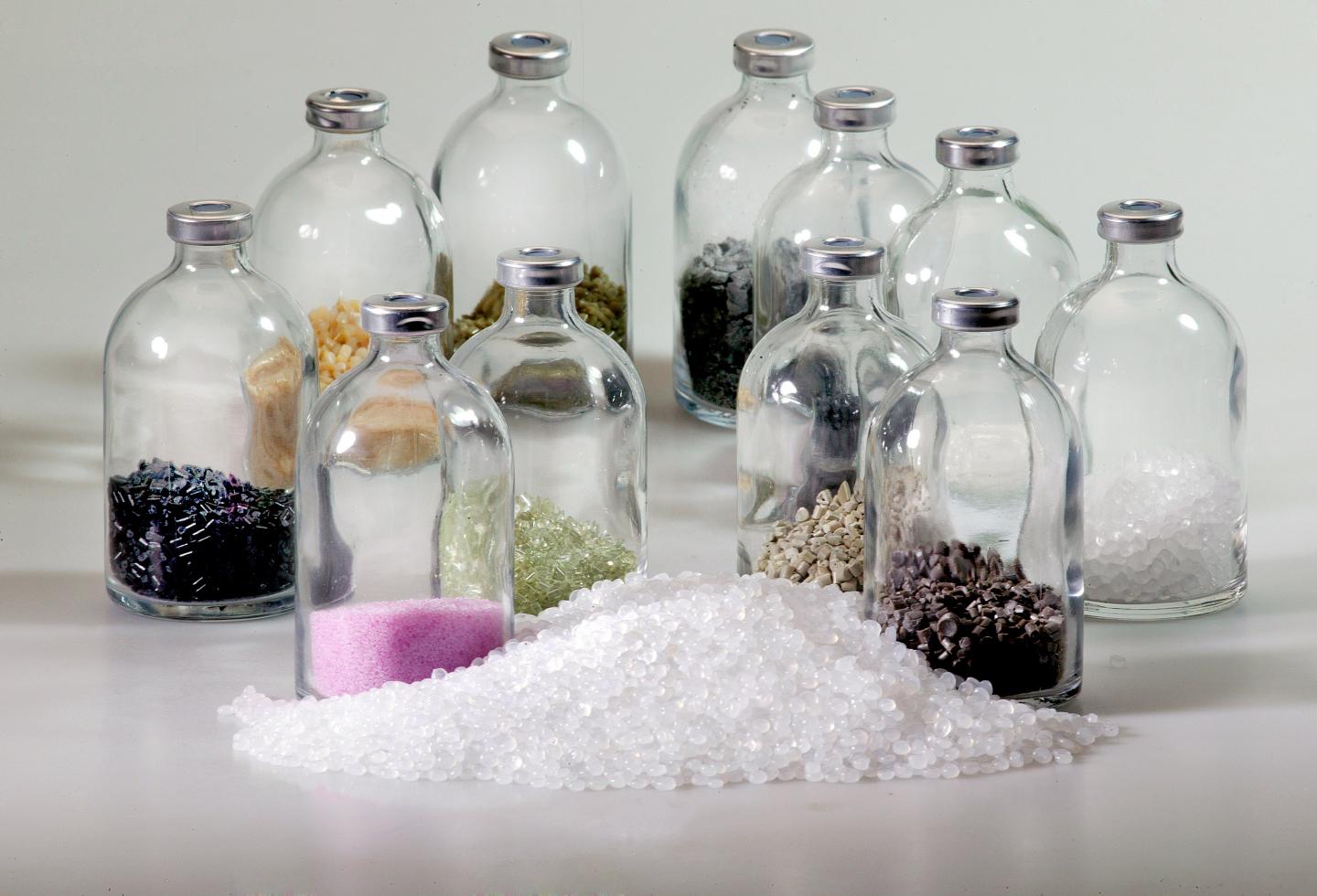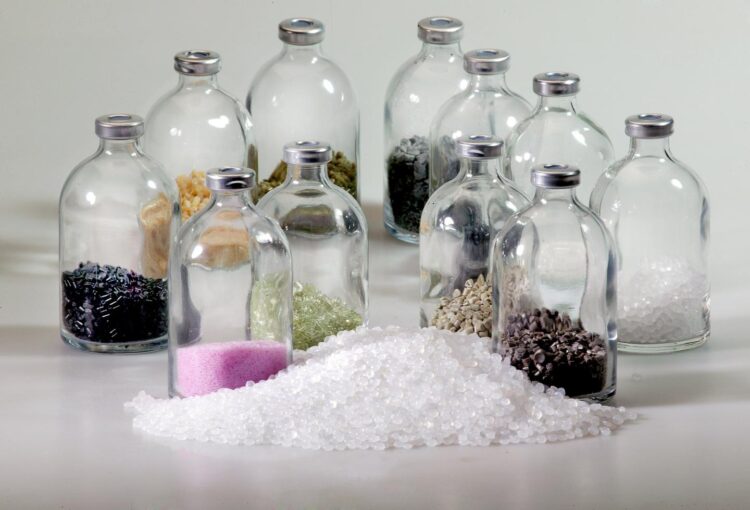Findings of Fraunhofer IVV, University of Erlangen-Nürnberg and University of Alicante

Credit: Fraunhofer IVV
More than 60 odorous substances were identified using combined chemo-analytical methods. The information gained provides a targeted strategy for avoiding off-odors. The results of this collaborative study with the Chair of Aroma and Smell Research at the Friedrich-Alexander-Universität Erlangen-Nürnberg (FAU) and the University of Alicante have now been published*.
In order to meet the targets of the new EU Packaging and Packaging Waste Directive concerning the recycling of packaging waste, new markets for recyclates produced from waste plastic packaging must be found. Recyclates produced from waste plastic packaging must have no off-odors if they are to be used as secondary raw materials for the manufacture of high-quality consumer products. Indeed, the off-odors in plastic recyclates prevent a closed cycle for the recycling of plastic packaging materials. Currently, there is a particularly high reusage rate for recyclates produced from polyethylene terephthalate (PET) bottles.
LDPE packaging waste in focus
The Sensory Analytics department at the Fraunhofer IVV characterizes and optimizes plastics and recyclates. The odorants in HDPE waste and the recyclates produced from packaging from bodycare products and detergents have already been analyzed. Low density polyethylene (LDPE) is one of the most commonly used plastics. It is widely used for packaging materials such as plastic shopping bags. Via various collection systems these bags end up as packaging waste. Part of the current study on post-consumer LDPE shopping bags concerned the effect of the collection strategy on the sensory impairment of the waste.
Identification of odorants – the key step
Identification of the substances causing off-odors is essential in order to be able to take measures for odor optimization. Most of the odorants identified in the study are typical metabolites of microorganisms. Many of these metabolites had a cheese-like or feceslike odor. The odorants included carboxylic acids and sulfur-containing and nitrogencontaining components. The chemical structures of the odorants gave key insight into their origin. Using this information, the pathways into the packaging waste and via the recycling process into the recyclate were identified. Depending on which process step cannot remove an odorant or even results in a new odorant, targeted measures can be taken to reduce odorants or avoid the formation of new odorants.
Odorant reduction via separate collection in the yellow bag
The study showed that the way the packaging waste is collected has a large bearing on the odor quality of plastic shopping bags. There are significant benefits by separate collection in the yellow bag. Waste collected in this way had a significantly lower overall odor. In contrast, the waste fraction collected in the general household waste had more intense cheesy-like, sulfur-like, and feces-like odors. The higher organic fraction in the general waste favors the formation of these microbial degradation products. It was also demonstrated that the post-consumer LDPE shopping bags from the separate collection that were washed at 60 degrees had fewer odorants and a reduced overall odor than the unwashed bags.
Methods for odor identification in plastic waste
The Fraunhofer IVV scientists used sensory analytics to identify the odors. Sensory evaluation of the sample materials was first undertaken by a trained sensory panel. The odorants were then identified using chemo-analytical methods such as gas chromatography – olfactometry and with two-dimensional coupling with mass spectrometry. This enabled the chemical structures to be determined and also possible formation pathways and sources of the odorants to be identified. These key findings can now be used to develop customized solutions for optimization of the odor of plastic recyclates, starting at the waste collection stage.
###
* https:/
Media Contact
Dr. Philipp Denk
[email protected]
Related Journal Article
http://dx.





